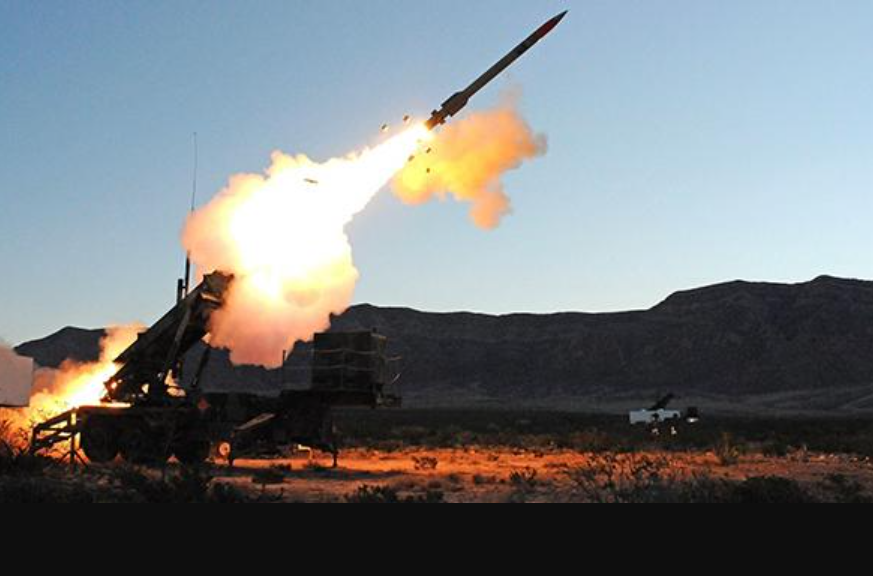
A top U.S. Air Force official said July 12 that he supports a German-led, pan-European air and missile defense system, but it needs to be improved with open architecture standards to win support from other alliance members.
The European Sky Shield Initiative (ESSI) has signed up 17 members, but it now requires specific technology that excludes certain hardware important to some NATO members who have not signed up for it yet, said Gen. James Hecker, head of U.S. Air Forces Europe.
“The problem is for the [nonparticipating] nations that—and I will fully admit, the U.S. has not signed-on to [ESSI]—is because it comes with certain systems that you buy. What I want to get the other 14 nations to be able to sign this is say, look, here’s the capability that we need. It needs to be open architecture.”
Hecker did not specify which products are missing from the ESSI. But France, for example, has objected to the exclusion of the country’s land-based, medium-range, surface-to-air missile system called SAMP/T.
The ESSI instead relies on the U.S.-supplied Patriot and German IRIS-T defense systems.
France, Italy and Spain are not among the 17 European countries that have signed up for the ESSI. Moreover, at the Paris Air Show in June, French President Emmanuel Macron has called for SAMP/T to be added to ESSI. Macron also announced a new initiative to adopt a short-range air defense network based on the Mistral interceptor, with Belgium, Cyprus, Estonia and Hungary involved.
But the lack of an integrated, European missile defense system leads to additional costs, Hecker said.
“The way we do it right now is every country buys their own, and then we basically pay somebody to make it interoperable with the other countries,” Hecker said. “So we are almost paying twice.”





